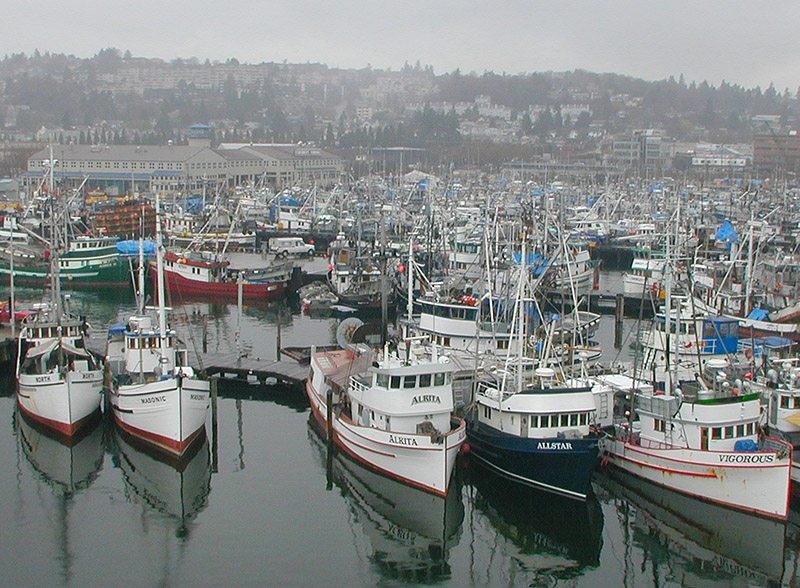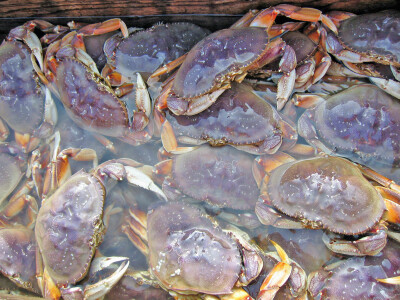The U.S. Department of Agriculture will provide $530 million in relief payments for fishermen taking a hit from retaliatory foreign trade tariffs during 2019, using economic modeling to calculate how much trade wars have cost the industry.
“The Seafood Trade Relief Program ensures fishermen and other U.S. producers will not stand alone in facing unjustified retaliatory tariffs while President Trump continues working to solidify better and stronger trade deals around the globe,” USDA Secretary Sonny Perdue said in announcing the program.
Promised by Trump after a June 5 roundtable meeting with Maine fishermen, the STRP comes out of a June 24 presidential memorandum directing the same tariff relief for marine fisheries as for farming.
USDA experts use economic modeling to calculate how much tariffs reduced the value of each species, and how much per pound fishermen should be reimbursed.
For example, lobster exports were hit hard by China and European Union tariffs, and the economic modeling USDA uses to calculate ranks them in the top payment rates, $0.50 per pound. The Northwest geoduck fishery took a hit of $0.76 per pound, according to the modeling.
But fishermen can apply for reimbursement on a host of species, from Atlantic mackerel to turbot. Applicants can expect to be compensated based on the estimated loss.
To take another example, the loss rate of Pacific cod per pound is $0.14. So, a commercial fisherman submitting an application for 2019 cod landings at 375,000 pounds could calculate a payment by multiplying 375,000 by $0.14 for a total of $52,500.
Right behind lobster are Dungeness, king, snow and Southern tanner crabs, at $0.47 per pound calculated losses.
Some high-volume, low value species can qualify their fishermen for less, but still substantial aid. Squid, a sector highly dependent on export, is calculated to be worth $0.20 per pound in relief payment.
The STRP covers “marine species that are harvested by commercial fisherman who hold a valid federal or state license or permit to catch seafood, and such marine species are brought to shore and sold or transferred to another party that must be a legally permitted or licensed seafood dealer or processed at sea and sold by the same legally permitted entity that harvested or processed the product,” according to the USDA notice in the Federal Register. “Any seafood that is not sold to a permitted dealer or by a permitted dealer if the catch is processed at sea is ineligible for payment.”
There is a $250,000 cap on relief payments, and fishermen must still be in business at the time of application.
Fishermen can sign up for relief through the STRP from Sept. 14 to Dec. 14, and should apply through their local USDA Service Center. To find them visit the website www.farmers.gov/service-center-locator. The application can be found at www.farmers.gov/seafood.







